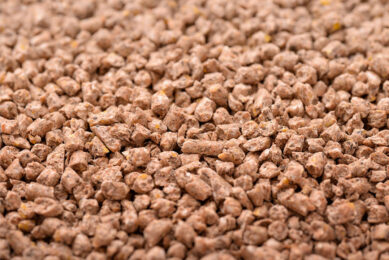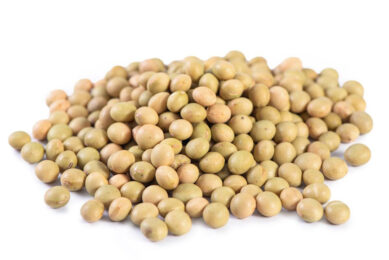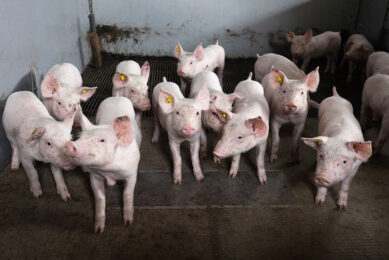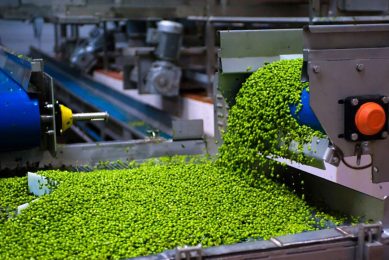Drivers for further growth of EU protein crops
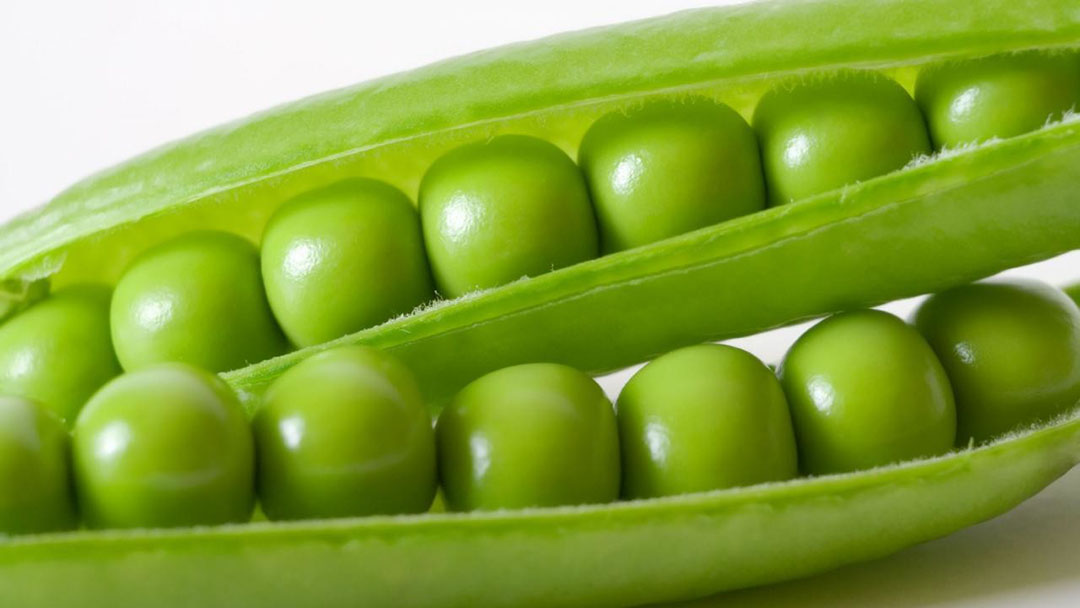
The ambition to stimulate EU protein crop production is reflected in a new report, recently published by the European Commission.
The report reviews the supply and demand situation for plant proteins in the European Union (EU) and explores possibilities to further develop their production in an economically and environmentally sound way. The report focuses on protein rich plants with a crude protein content of more than 15% (oilseeds: rapeseed, sunflower seeds and soybeans; pulses: beans, peas, lentils, lupins etc.; and fodder legumes: mainly alfalfa and clover), accounting for about 1/4 of the total crude plant protein supply in the EU.
EU self-sufficiency rates
Depending on the protein source, the EU’s self-sufficiency rate varies substantially (rapeseed 79%, sunflower 42%, soy 5%). As a consequence, the EU imports annually around 17 million tonnes of crude proteins (of which 13 million tonnes are soya based and equal to 30 million tonnes of soybean equivalent); mainly from Brazil, Argentina and the USA. The EU also imports 1.5 million tonnes of crude protein from sunflower and up to one million tonnes of rapeseed, both mostly from the Ukraine.
Current production in the EU
The soy area in the EU has doubled to almost one million ha since the Common Agricultural Policy (CAP) reform in 2013, with an EU production of 2.8 million tonnes in 2018. The main soy producers are Italy, France and Romania. Pulses show a similar positive trend: since 2013 production has almost tripled in the EU and reached 6 million tonnes (2.6 million ha) in 2018. The main pulses are field peas and faba beans, whereas lentils and chickpeas are only grown on limited areas. France, Spain and Lithuania are the main field pea producers; the UK and France grow faba beans. For rapeseed, the main EU-grown oilseed, the area has increased by 66%, from 4.1 to 6.8 million ha between 2003 and 2018. EU production has reached 20 million tonnes ˗ mainly driven by the demand for biodiesel (Renewable Energy Directive). Its by-product (rapeseed meal) is an important source of protein-rich feed. The main rapeseed producers are, France, Germany and Poland.
Protein crops promoting trends
The report highlights a few trends that are seen in the EU, which could increase the need to grow protein crops in the EU, instead of importing them.
- Growth in demand for conventional compound feed in the EU, especially poultry and dairy feed.
- Relative shift of conventional livestock production to Eastern Europe. This region also has land to grow protein crops.
- Increased demand for non-GMO feed among European consumers. This could mean potential for growing premium feed (such as GMO free) in the EU.
- Increased demand for meat alternatives in human food. This means potential for protein crops to be grown in the EU and used by food processors to turn them into vegetarian and/or non-dairy food products.
Growth depends on several factors
The authors of the report write that with the help of a positive market environment and existing policy measures, the EU plant protein sector has grown dynamically in recent years, in particular for the premium feed and food segments. With currently available data, it is not easy to quantify how dynamic these segments will grow in future. Nevertheless, development will continue to be influenced by the following drivers:
- The growth in relative competitiveness of EU-grown protein crops versus other crops and non-EU plant proteins, e.g. through the availability of better varieties and better knowledge of specific agronomic practices and other aspects of the production cycle
- The development of organised supply chains and producer organisations in the sector, allowing economies of scale, quality improvements and labelling to promote EU grown protein crops
- Greater recognition of how legumes contribute to environmental and climate objectives, through agro-ecological practices such as extended crop rotation
- Changing consumer behaviour and preferences, including rebalancing plant versus animal protein in human consumption and eco-friendly agriculture
- Influence of other policies and debates in society on the production of protein crops (e.g. halting tropical deforestation, to contribute to the Paris climate agreement, the UN’s Sustainable Development Goals, the Renewable Energy Directive and the European sustainability and bioeconomy strategy).
Source: European Commission




